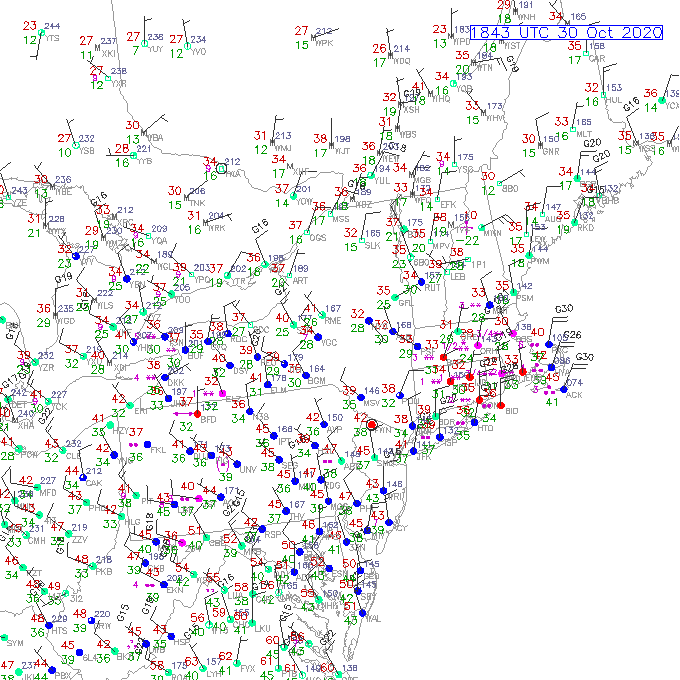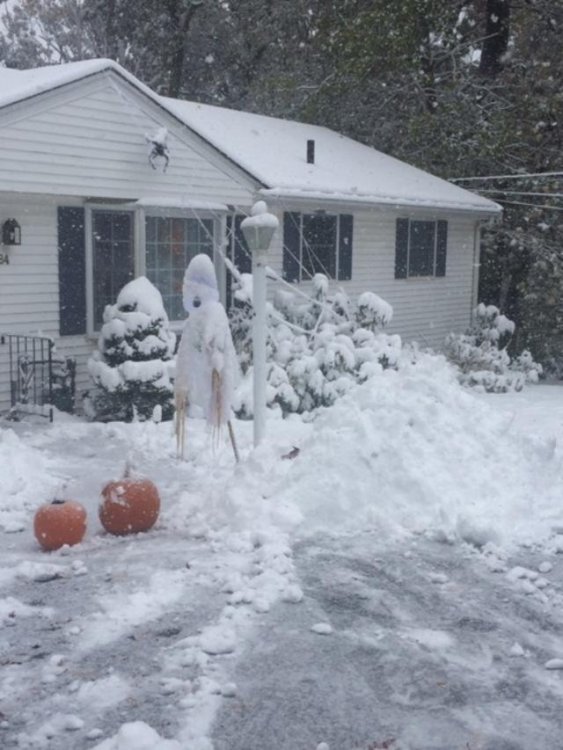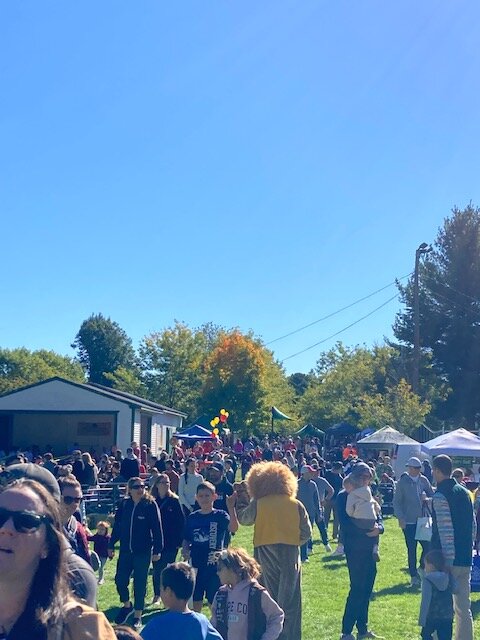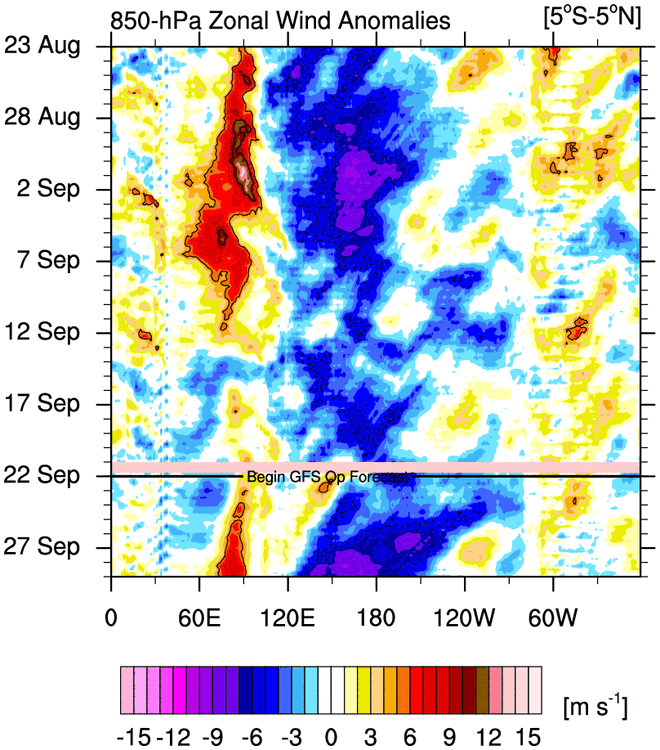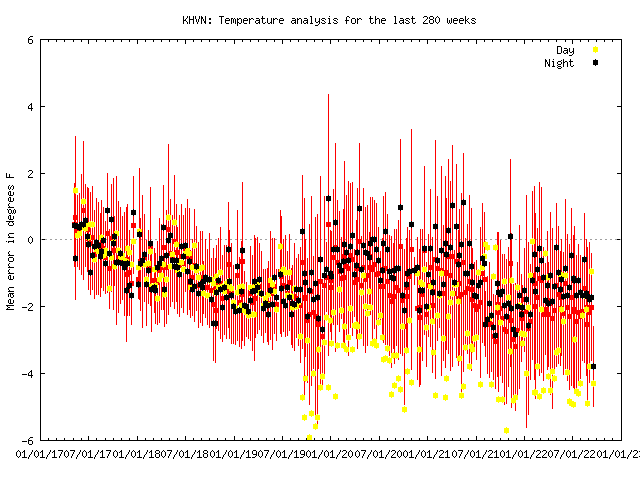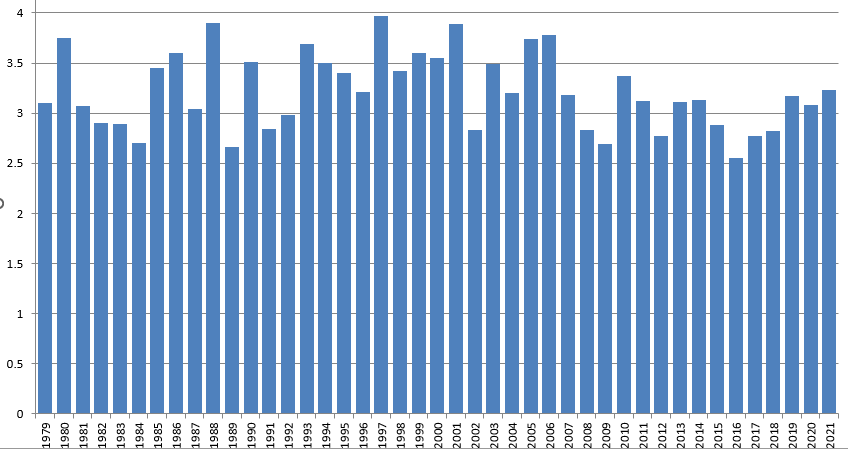-
Posts
90,902 -
Joined
-
Last visited
Content Type
Profiles
Blogs
Forums
American Weather
Media Demo
Store
Gallery
Everything posted by ORH_wxman
-
-
Years ago on eastern (maybe 2007?), I made a list of required features to get advisory snows or greater in Boston in November (this would apply to October too), and one of the features always present was a high in Ontario or western Quebec.....you have to have the ageostrophic component more northwesterly (and actual sfc winds north or NNW)....if that wasn't present, then BOS got skunked every time and you'd see the accumulating snows limited to like 128 belt or 495 belt and N&W. Lack of that high placement doomed BOS in the 11/6-7/12 event and the Octobomb 2011 and even the 11/15/18 event....each time the high was more toward CAR/eastern Quebec/western Nova Scotia which was enough to screw the immediate coast....but even like 5-10 miles inland was fine.
-
Look at those dewpoints and wind direction on the sfc plot I posted....that is always key in very early season snow events...esp for coastal plain. You want to see those cold dewpoints just feeding into the precip to constantly create evap cooling to offset any diurnal heating or WAA. Dews in the teens just feeding down the S ME and SE NH coast.
-
-
-
850 temps moderate rapidly today so we’re not going to get a good radiational cooling night in this airmass. Looks like we’ll get multiple calm nights in the colder airmass next week though. I suspect there will be a lot of first frosts down into CNE with that one.
-
Looks like the high at ORH was 56F....that's pretty good for 9/23 with full sun.
-
You can see the verification above how the easterly anomalies basically got stopped at the dateline in early September.....the current prog has them getting further east, but if verification is like last time, then this one will prob rot around -1C. The one difference though is that the negative anomalies have risen closer to the surface than we had in mid/late August, so it won't take much for them to cool the sfc by several ticks. I'm really only focusing on the next 4-5 weeks or so....anything after October typically is getting too late to really affect the season from an ENSO standpoint....I suppose it could still affect late Feb into March, but there are a million other active variables that get stronger throughout the winter which can affect the season-end versus early on.
-
I think we'll know a lot more in the next 2-4 weeks on if this ENSO event will get one last surge into solid moderate territory or if it will just sort of straddle the line between weak/moderate. There's still very strong cold anomalies just lurkeng below the the sfc and the easterlies are forecast to pick up. Theoretically, we should see a strengthening of the Nina from this, but if it doesn't happen, we can prob stick a fork in anything stronger than low-end moderate. The previous round of easterlies though had trouble getting east of the dateline....so we'll see about this one over the next week.
-
Yeah this seems to be a bug in MADIS checking all the other sites. They all seem to have this weird step-change on high temps around that time. I checked inland sites too like ORH, MMK (not too far form HVN), and IJD. What's weird is it doesn't seem to affect the night temps at all.
-
MADIS isn't always the most reliable, but HVN high temps look they have run really warm for a few years now. Starting in late 2019/early 2020 it seems like the high temps went wacko.
-
Update and verification of prediction earlier this season: On 9/20, the NSIDC extent had risen to 4.75 million sq km which puts it 130k above the minimum of 4.62 million sq km several days ago. It is pretty safe to call the minimum at 4.62 million sq km. This extent is 7th highest (or 9th lowest) since 2007. Both 2017 and 2018 finished at 4.63 million sq km.....barely higher than 2022. Area continues to rise too now at 3.6 million sq km, but we reached the minimum on that 9 days ago at 3.2 million sq km. The 3.2 million sq km area minimum ranks 5th highest since 2007....only 2009, 2013, 2014, and 2018 were higher. The reason area ranked higher than extent was that the ice pack was more compact this season than other years like 2021 and 2017 which had lower area numbers but higher extent minimum. The predictions quoted above were for area to finish at 3.00 million sq km (+ or - 300k) and for extent to finish at 4.6 million sq km (+ or - 500k). Verification fell within these predictions (and almost exactly for extent), so I am glad to see that the meltponding continues to be a very accurate predictor of minimum extent/area. I don't do predictions for volume, but PIOMAS volume minimum has likely been reached as well at 5039 cubic km.....which is the 10th lowest in the record. It is the highest minimum volume since 2015.
-
57 is rare in Sept under full sun. Usually you need precip for highs in the 50s in September. If we end up with more clouds, could easily be like low 50s. Hilltops in SNE don’t freeze that early. It would be the earliest freeze on record at ORH airport if that happened.
-
61 and socked in still....I'm all set with soupy upper 70s/low 80s.
-
Yeah rainfall could easily finish above normal at CON...prior to each cold shot, there will be a chance for some convective rains ahead of the front, so it will depend on that. But the temps look locked in pretty good.
-
ORH and BOS will prob finish below normal too.
-
Kind of hard to see how it doesn't finish below normal with the current model progs....could always change, but it would have to be pretty drastic. CON was +0.2F on the month coming into today and we have 2 pretty big cold shots on the models over the next 10 days.
-
58.6 and mist here.
-
Update: We've reached the minimum on NSIDC area....area on 9/18 was 3.47 million sq km which is 270k higher than the minimum so far this year. Losing 270k after 9/18 hasn't happened in the record and there's no reason to think this year will be different looking at the weather up there. So the minimum will go down as 3.2 million sq km on 9/12. Extent may or may not have reached the minimum yet. Extent on 9/18 stood at 4.68 million sq km. This is currently 60k above the minimum of 4.62 million so far this month, so there is still a low probability we fall back below that 4.62 million sq km number, but it's becoming more unlikely by the day. If extent rises over the next couple of days, we can probably safely call it.
-
That GFS cold shot is ridiculous for later next week. Prob record cold in a lot of spots. Would prob have a lot of first flakes of season in NNE too and even down into Berkshires/Monads/etc. Euro isn’t quite as crazy and is probably more reasonable. Still quite cold though.
-
2020 had that ridiculous stretch around the equinox. CON set 3 consecutive record lows (almost had 4)
-
First frost on the forum?
-
I’m on the NW edge of that gradient in Holliston. It rapidly decreases southeast of me. Between here and like Wrentham or Plainville is only like 15 miles but the difference can be night and day. Snow cover often rapidly decreases. Even between here and Norfolk/Walpole…though Walpole does a little better since they have some sneaky elevation.
-
Sometimes I feel like the longitude at which storms most rapidly deepen south of us plays a role. You start seeing that dryslot wrap in while it’s still over E LI into S RI but by the time it migrates eastward, the rapidly deepening midlevel centers are collapsing everything E and SE and it fills in by the time it reaches, say, TAN to PYM corridor.






